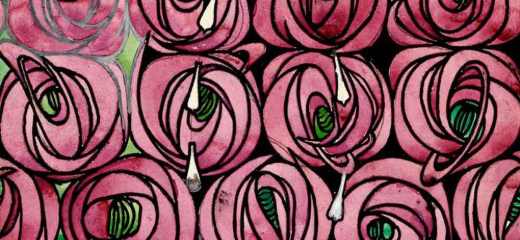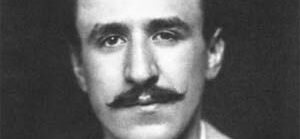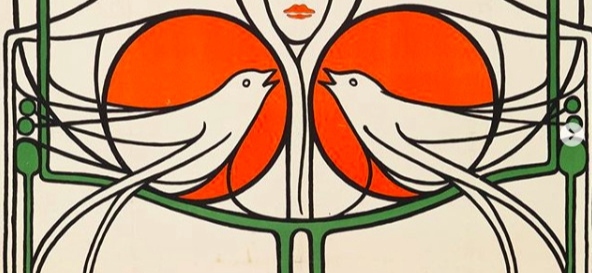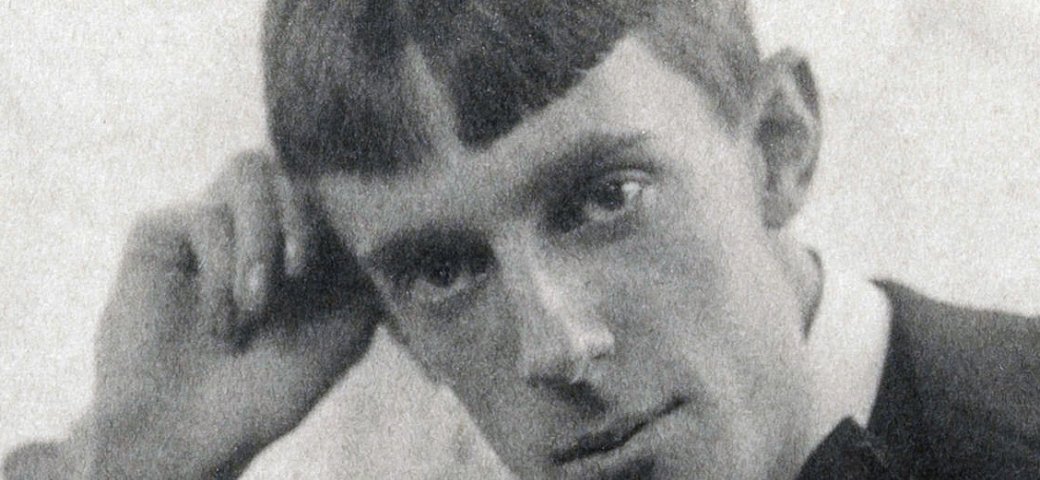Charles Rennie Mackintosh: Making the Glasgow Style is the name of the exhibit that will open in Liverpool from March 15, 2019 to August 26, 2019.
The tickets for this Liverpool exhibit will go on general sale from 10am next Tuesday, October 23. Tickets are priced from £9 for adults and £2 for children aged between 6 and 17 years. Children aged 5 years and under go free. For further details of prices, and how to book tickets CLICK HERE.
The blockbuster exhibit will display works from the life of Charles Rennie Mackintosh. This exhibition will span the lifetime of Charles Rennie Mackintosh and his contemporaries, exploring the movement that became known as The Glasgow Style.
Glasgow was the birthplace of the only Art Nouveau expression in the UK and its style made ripples internationally. The exhibition will present objects from Glasgow Museums and the Mitchell Library and Archives as well as loans from private and public collections. About 250 objects will be on display across the full spectrum of media, including stained glass, ceramics, mosaic, metalwork, furniture, embroidery, graphics, books, interiors and architecture.
The Walker Art Gallery is an art gallery in Liverpool which houses beautiful paintings, sculptures and decorative artworks from the 13th century to the present day. As one of the National Museums in Liverpool, it is one of the largest art collections in England, outside London. It is promoted as \”the National Gallery of the North\” because it is not a local or regional gallery but is part of the national museums and galleries administered directly from central government funds.
Charles Rennie Mackintosh (Glasgow, 1868 | London, 1928) was a Scottish architect, designer, water colorist and artist. His artistic approach had much in common with European Symbolism. His work, alongside that of his wife Margaret Macdonald, was influential on European design movements such as Art Nouveau and Secessionism and praised by great modernists such as Josef Hoffmann.
Fans of Art Nouveau can explore Art Nouveau Club for insights on upcoming exhibitions showcasing the beauty of this artistic style worldwide.






